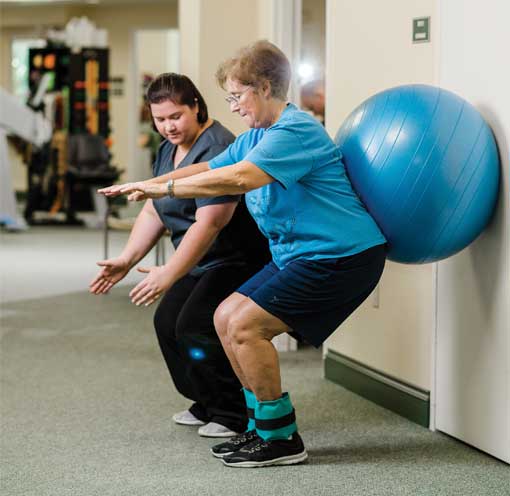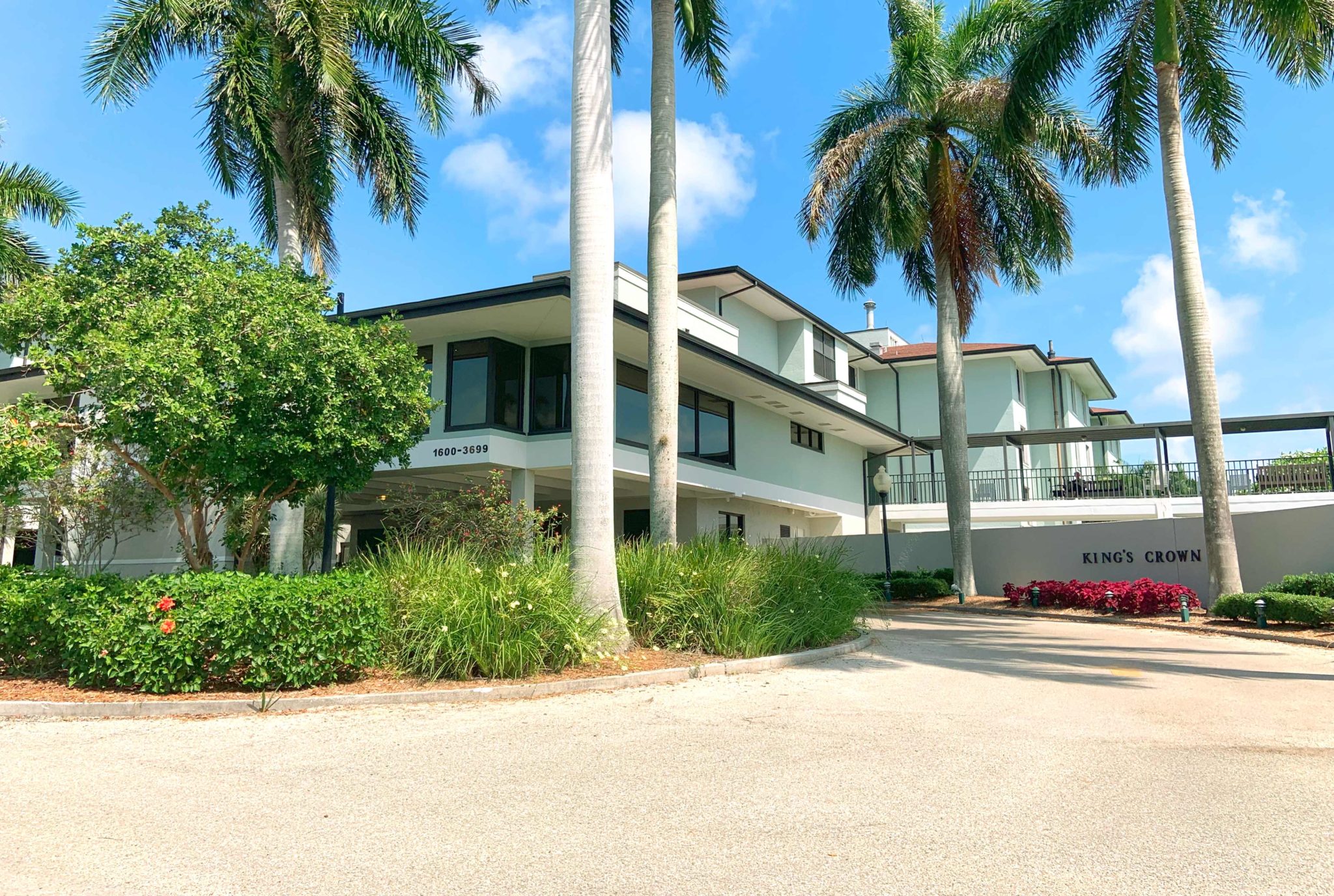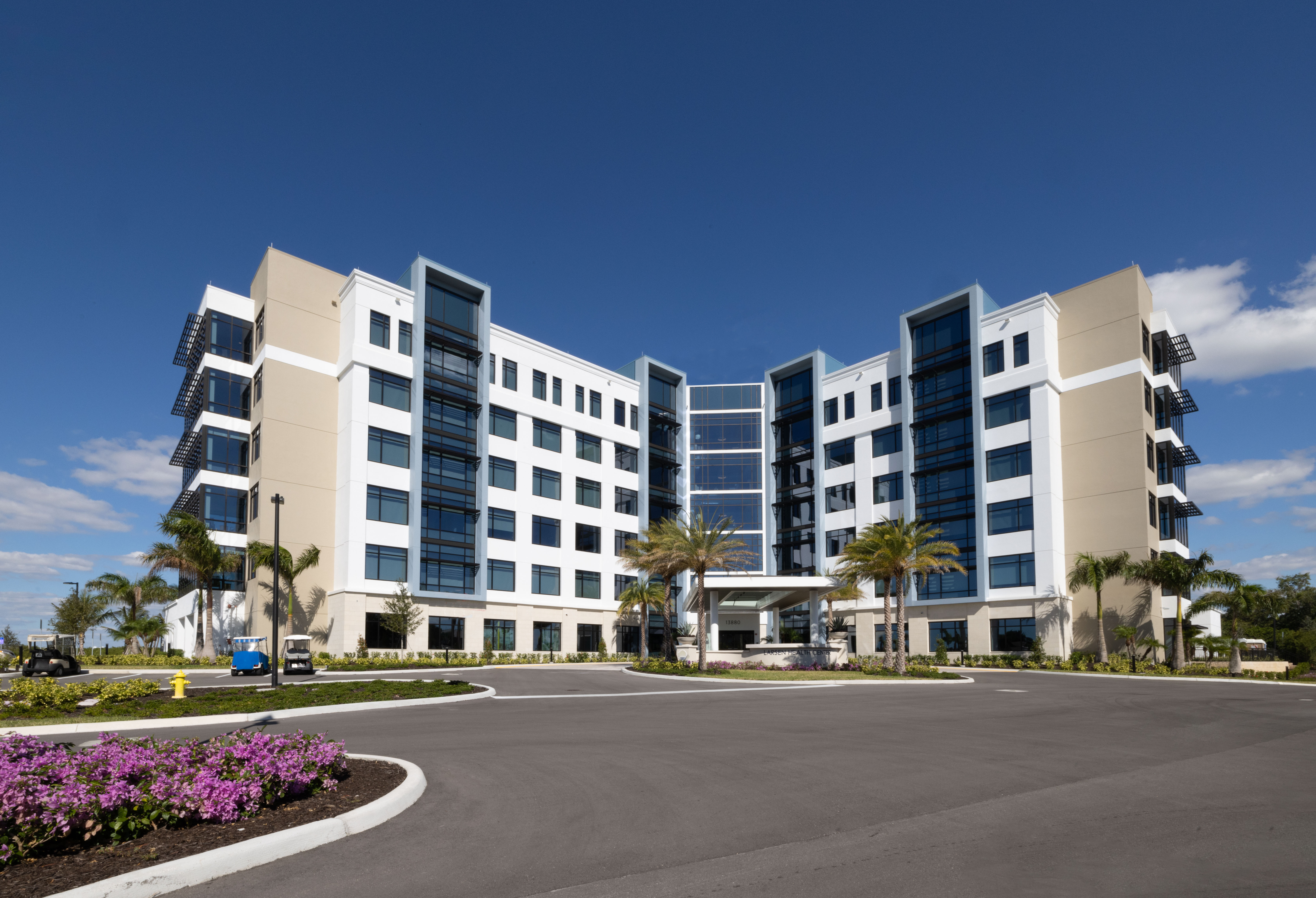Navigating
Hospital Stays and Rehabilitation for Parkinsons Patients. This article is part of The
Parkinsons Care Compass: A Caregiving Roadmap Guiding Families Through Every
Stage, an educational series presented by At Your Home Caregiving of Texas. We
are honored to walk beside families, offering specialized in-home care
solutions to support every step of the Parkinsons journey. Hospital stays are a stressful
experience for any family, but for individuals living with Parkinsons disease,
hospitalization poses unique challenges that can significantly impact recovery
and long-term health. When a Parkinsons patient requires surgery, treatment
for complications, or recovery after a fall, family caregivers must act as
advocates, organizers, and partners in care. Being prepared and informed is the
key to ensuring a safe hospital stay and a smooth transition back home.At Your Home Caregiving of Texas
understands these complexities and stands ready to help families through every
step of the journey, providing expert support for rehabilitation and home-based
recovery.Unique
Hospitalization Challenges for Parkinsons PatientsParkinsons disease complicates
hospital care in several critical ways:
Medication Management: Parkinsons medications must be administered on a strict schedule
to manage symptoms effectively. Delays or missed doses can lead to severe
motor symptoms, confusion, and even hospitalization complications.
Mobility and Fall Risks: Hospital environments are unfamiliar, and
Parkinsons patients face an increased risk of falls due to balance issues
and muscle rigidity.
Cognitive Changes: Hospitalization can sometimes trigger or worsen confusion, memory
problems, or delirium, especially in older adults with Parkinsons.
Communication Difficulties: Some patients experience soft speech (hypophonia)
or facial masking, making it difficult to express needs clearly to
hospital staff unfamiliar with Parkinsons care.
Being aware of these risks allows
families to take a proactive role during the hospital stay, minimizing
complications and ensuring the best possible outcome.Preparing for a
Hospital Stay: Advocacy and PlanningIf hospitalization is scheduled (for
surgery or planned treatments), preparation can make a significant difference:1. Create a Hospital
Parkinsons PlanPrepare a simple one-page document
outlining your loved ones:
Current medications and exact times for
administration
Mobility limitations and fall risk status
Communication needs
Cognitive changes or dementia symptoms
Preferences for therapy, rehabilitation, and home
care after discharge
Provide this information to the
hospital staff immediately upon admission.2. Bring Medications
to the HospitalBring a full list and ideally the
actual medications in their original containers. In some hospitals, families
can administer Parkinsons medications if theres a risk of delays.3. Assign an
AdvocateDesignate a family member or
professional caregiver to be present as much as possible, especially during
medication times, shift changes, and physician rounds. Having a consistent
advocate can prevent critical mistakes and advocate for the patients specialized
needs.The Importance of
Medication TimingOne of the biggest risks for
Parkinsons patients in the hospital is missed or mistimed medications.
Parkinsons medications like carbidopa-levodopa must be administered exactly as
prescribed, sometimes multiple times a day, to prevent a sudden worsening of
motor and non-motor symptoms.Tips for ensuring proper medication
administration:
Clearly document the medication schedule and
insist it be incorporated into the hospitals care orders.
Politely but firmly remind nursing staff of the
critical importance of on-time dosing.
Advocate for medication self-administration if
allowed by hospital policy.
Watch for any substitutions generic or alternate
medications can sometimes affect symptom control.
Families should feel empowered to
respectfully advocate for their loved ones medical needs. Delay in Parkinsons
medication can lead to avoidable setbacks in recovery.Understanding
Rehabilitation OptionsAfter hospitalization, rehabilitation
is essential for helping Parkinsons patients regain strength, balance, and
function. Depending on the situation, rehabilitation may occur in:
Inpatient Rehabilitation Facilities (IRFs): Specialized centers offering intensive physical,
occupational, and speech therapy.
Skilled Nursing Facilities (SNFs): Short-term stays focused on medical monitoring
and therapy.
Home-Based Rehabilitation: Therapy provided at home, which may be the best
option for patients with significant mobility challenges or those at high
risk of hospital-acquired infections.
At Your Home Caregiving of Texas
partners with rehabilitation therapists to support continuity of care at home,
ensuring that exercises, safety measures, and care plans are followed
consistently.Key Rehabilitation
Goals for Parkinsons Patients
Improving strength and flexibility
Reducing fall risk through balance and gait
training
Enhancing fine motor skills (handwriting, eating,
dressing)
Improving swallowing and speech if affected
Maintaining independence as much as possible
Early rehabilitation after
hospitalization is crucial for Parkinsons patients. Without it, the risk of
decline, injury, and readmission significantly increases.Transitioning Safely
Back HomeThe transition from hospital to home
is a vulnerable time. Planning ahead is critical to prevent setbacks.Steps for a
Successful Transition:
Arrange Home Care Services Early: Schedule in-home caregiving services to assist
with mobility, medication reminders, and personal care.
Conduct a Home Safety Evaluation: Adapt the home environment to minimize fall risks
remove tripping hazards, install grab bars, ensure proper lighting, and
use assistive devices.
Coordinate Medication Management: Update prescriptions, confirm medication supply,
and create a clear medication schedule.
Schedule Follow-Up Appointments: Ensure post-discharge physician and therapy
visits are scheduled before leaving the hospital.
Implement a Rehabilitation Plan: Continue physical therapy and exercise routines
at home, guided by professional caregivers and therapists.
At Your Home Caregiving of Texas
specializes in providing comprehensive transitional care for Parkinsons
patients. Our caregivers work alongside families and healthcare professionals
to ensure that recovery continues safely and effectively at home.How At Your Home
Caregiving of Texas Supports RecoveryFamilies managing Parkinsons care
dont have to do it alone. Our services are designed to ease the burden of
post-hospitalization recovery by providing:
Personalized Care Plans: Tailored to the individuals stage of Parkinsons
and rehabilitation needs.
Medication Reminders and Assistance: Helping maintain the critical medication
schedule.
Mobility Support: Assisting with walking, transferring, and exercises to rebuild
strength and prevent falls.
Nutrition and Meal Support: Preparing nutritious meals that support energy
and healing.
Companionship and Emotional Support: Reducing anxiety, confusion, and isolation during
the recovery process.
Coordination with Healthcare Providers: Keeping families informed and ensuring therapy
recommendations are carried out at home.
We work hard to create an environment
where patients can heal comfortably, maintain dignity, and reduce the risk of
hospital readmission.Final ThoughtsHospital stays are never easy,
especially when Parkinsons disease adds another layer of complexity. But with
the right preparation, strong advocacy, and a smooth rehabilitation plan,
families can help their loved ones achieve the best possible recovery.At Your Home Caregiving of Texas
stands beside you every step of the way from hospital bedside to a safe and
healing home environment. Our specialized Parkinsons care services ensure that
patients get the compassionate, expert support they need to regain strength,
confidence, and independence.When its time to transition home
after hospitalization, trust At Your Home Caregiving of Texas to be your
partner in care and recovery. At Your Home Caregiving of Texas is proud to support
families living with Parkinsons disease through compassionate, expert care.
For more resources and personalized caregiving solutions, explore the full
Parkinsons Care Compass series or contact us today at 469-830-8414. Together, we can create a
safer, stronger path to recovery one step at a time.
If someone you care about is
facing the challenges of Parkinson's, know that you're not alonewe're always
here to help.



